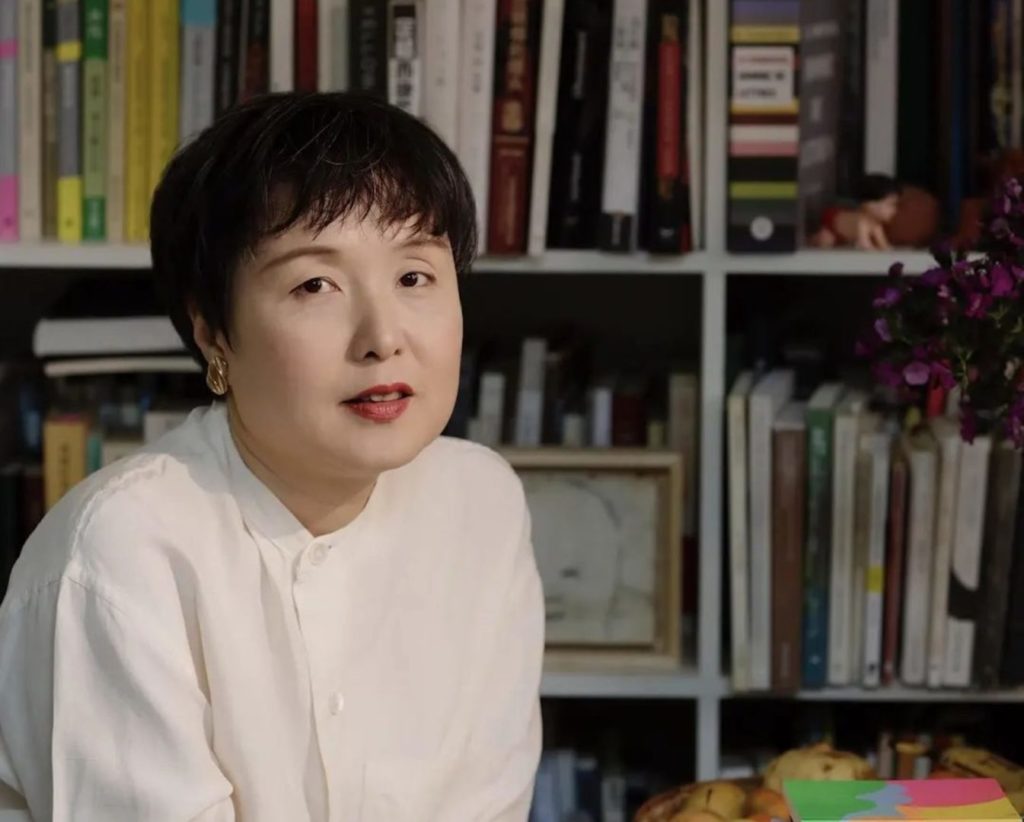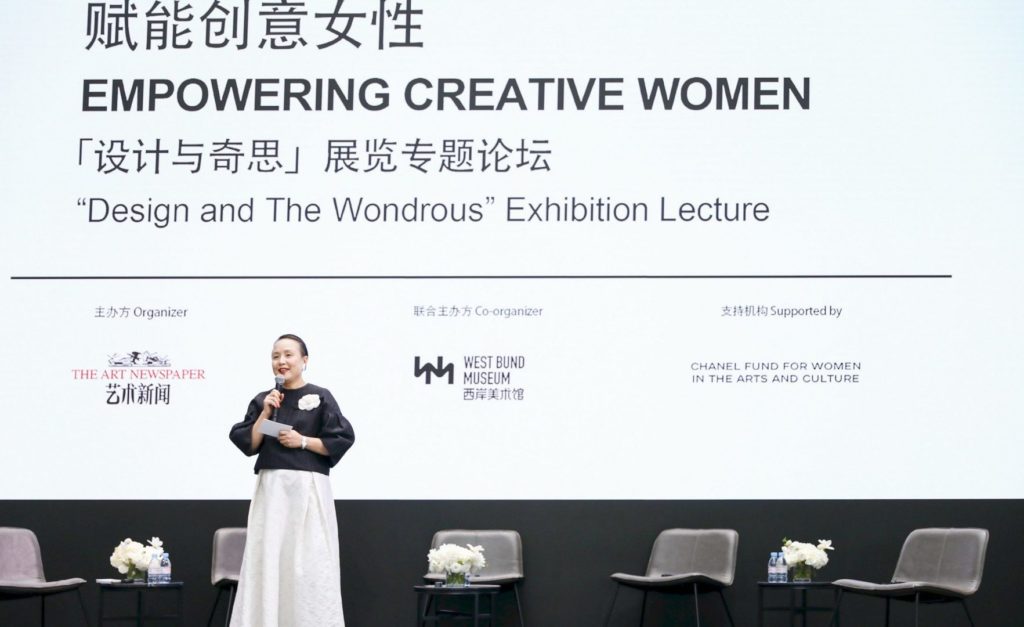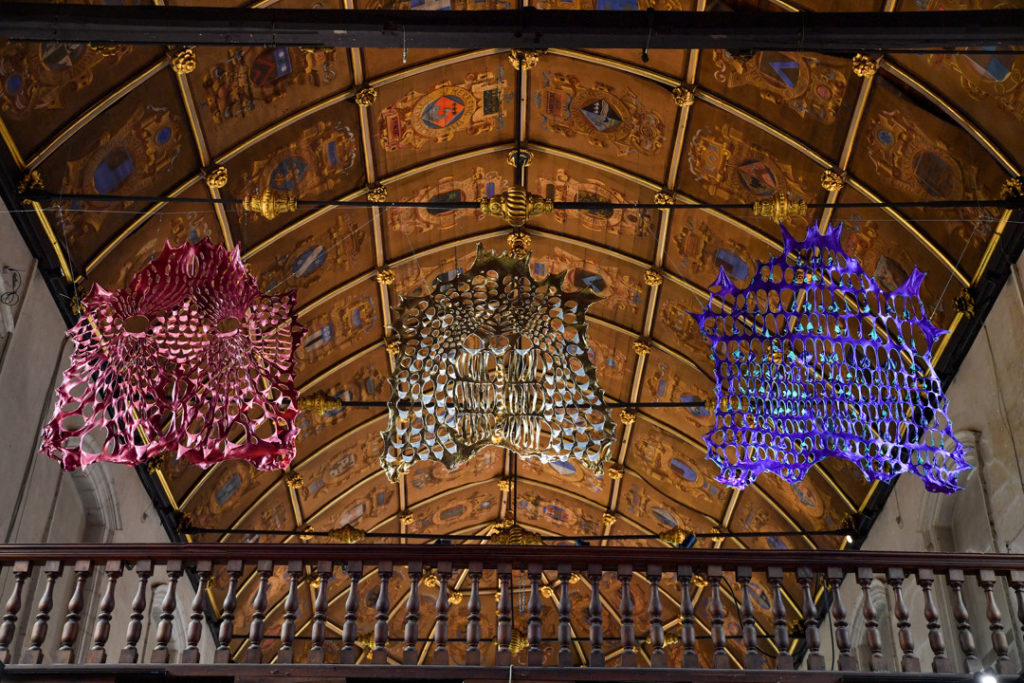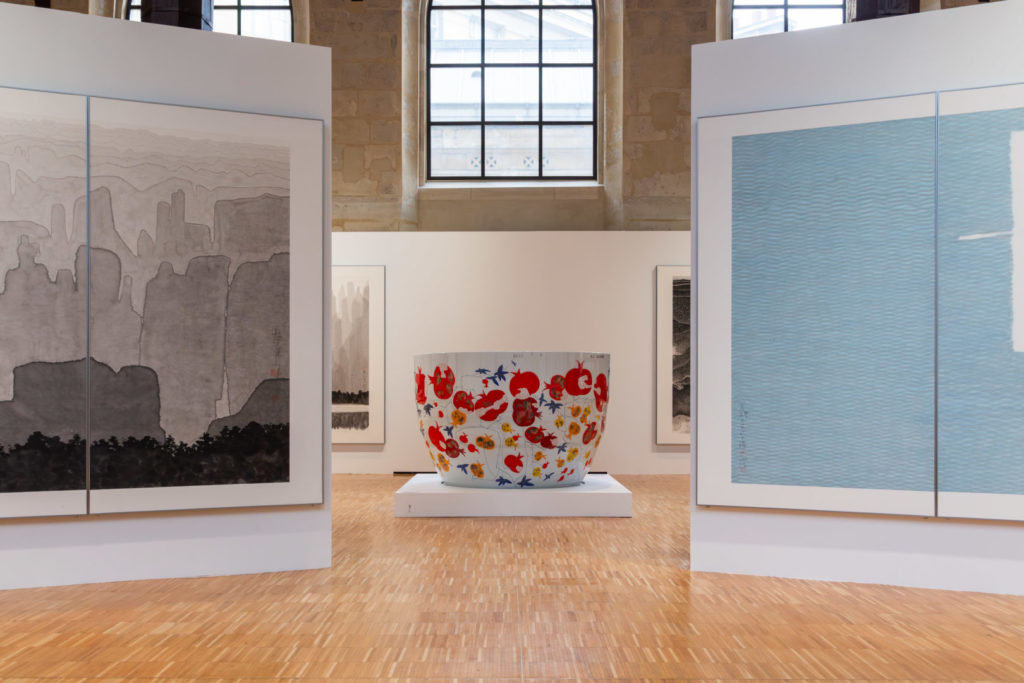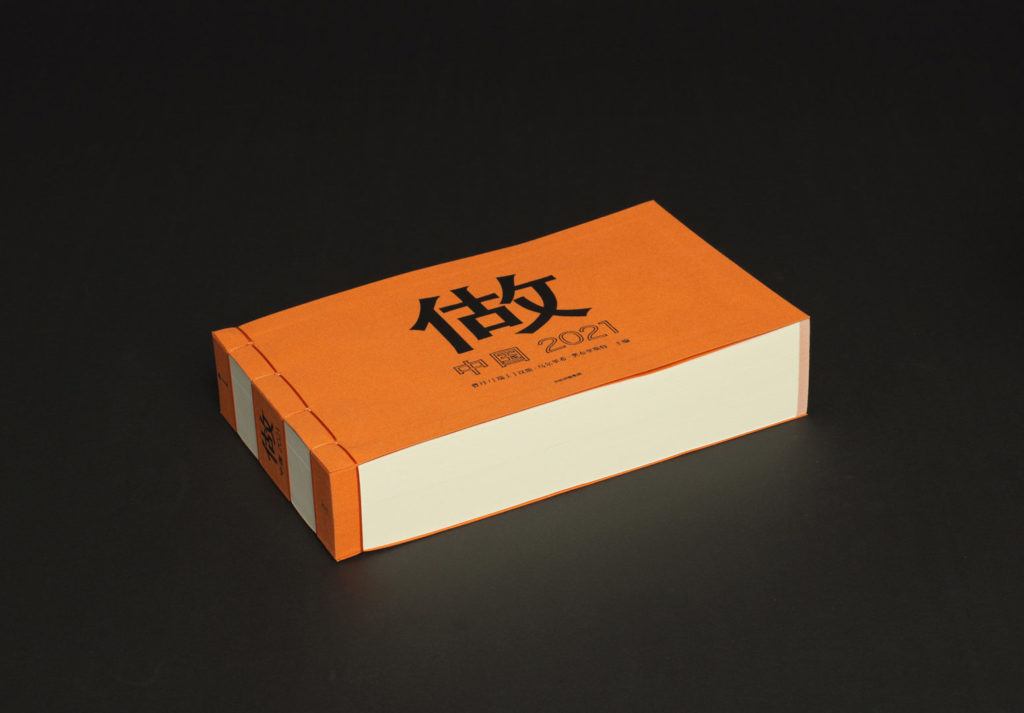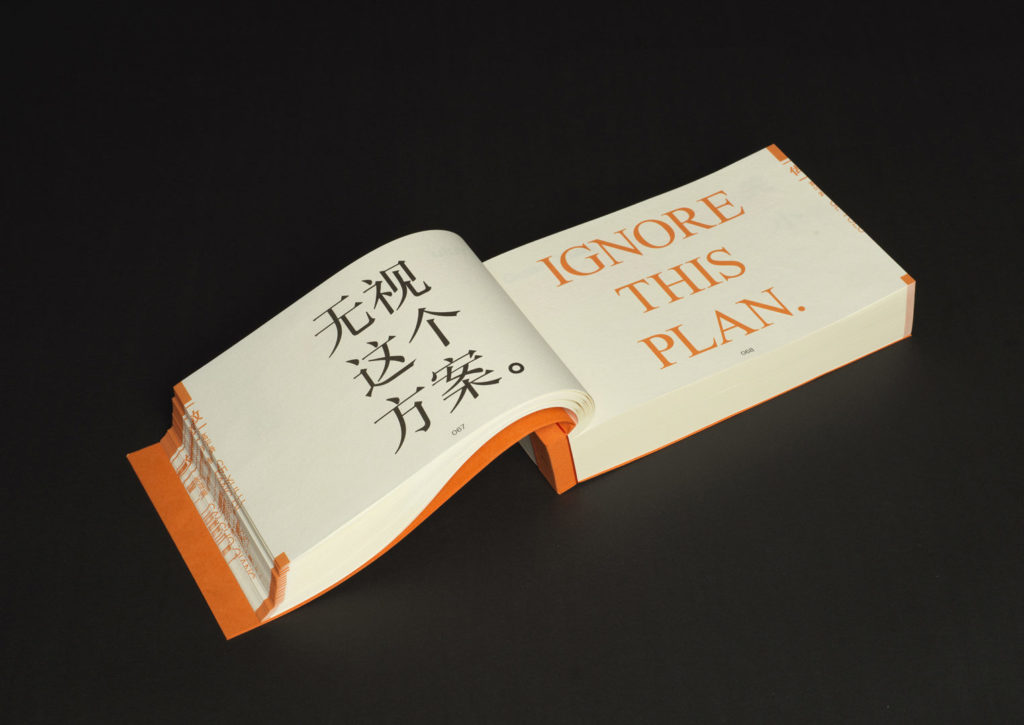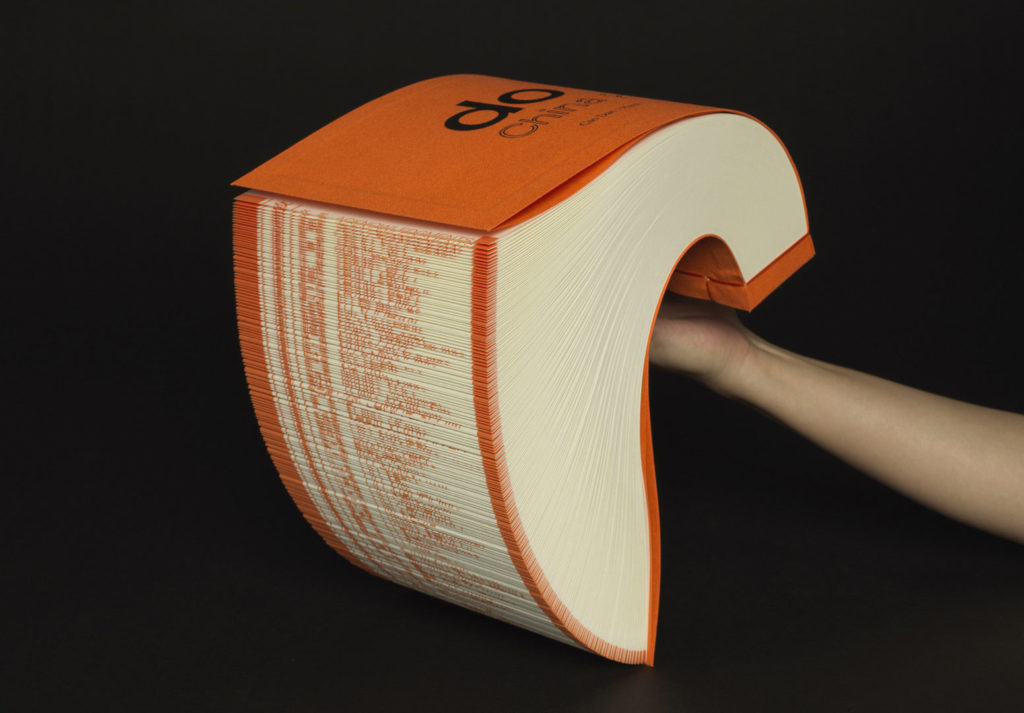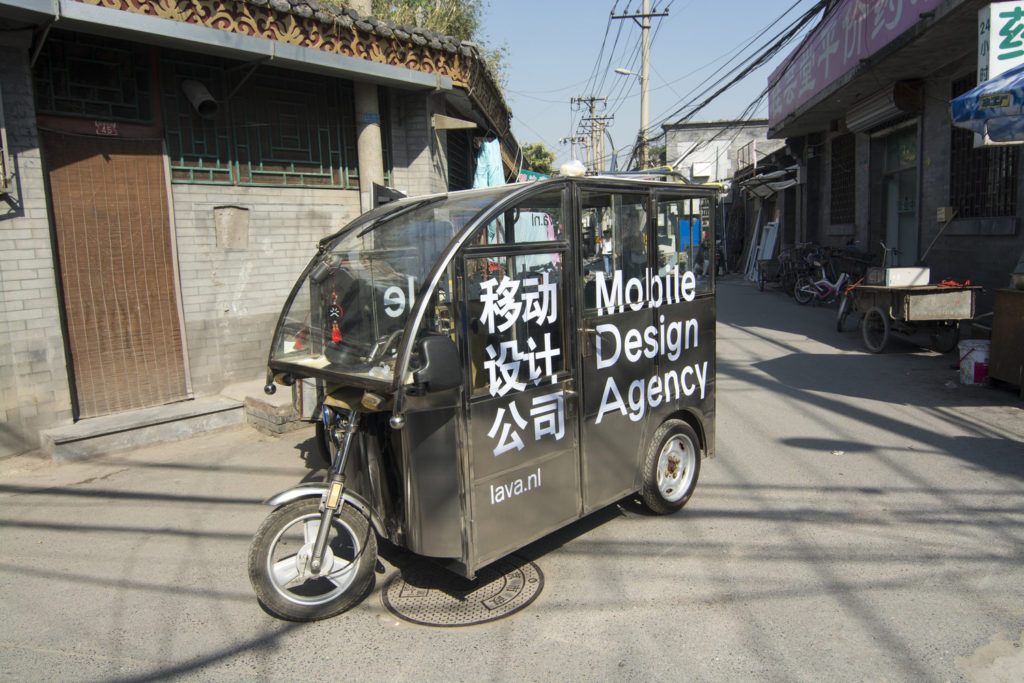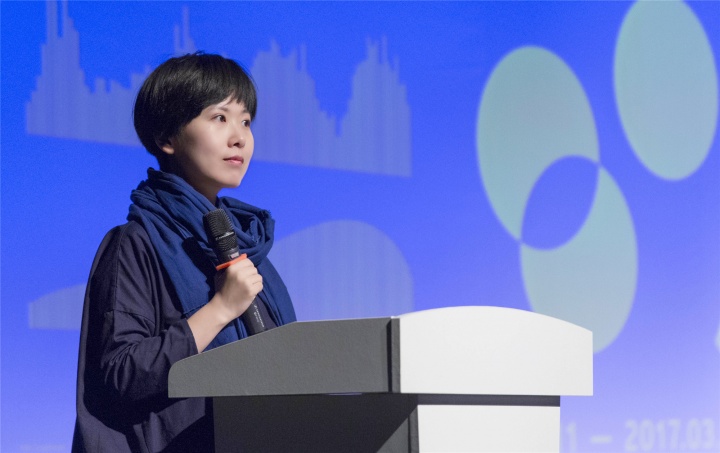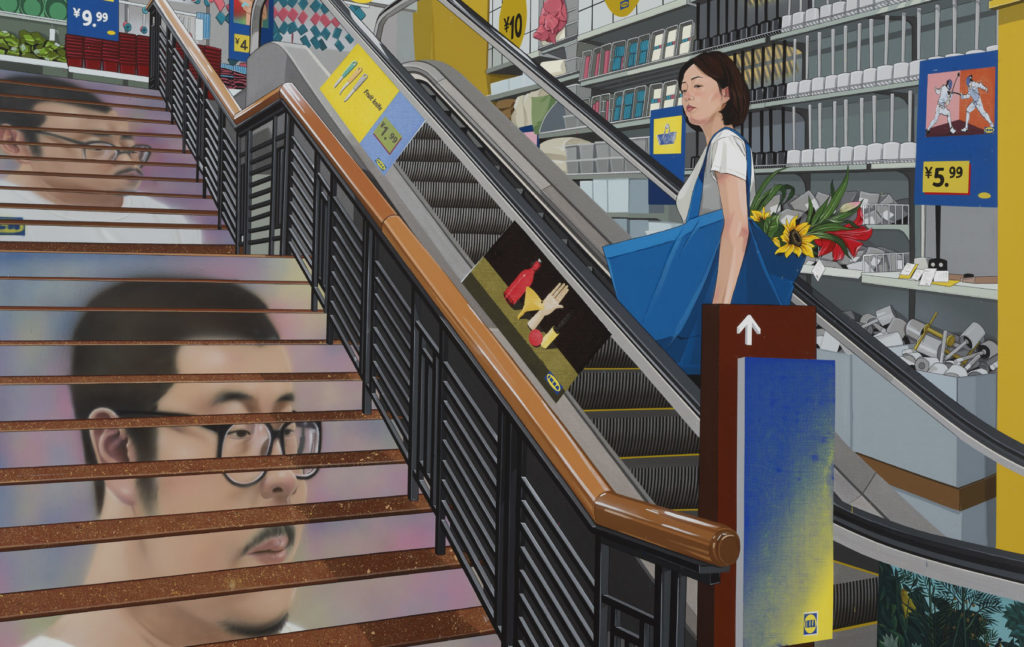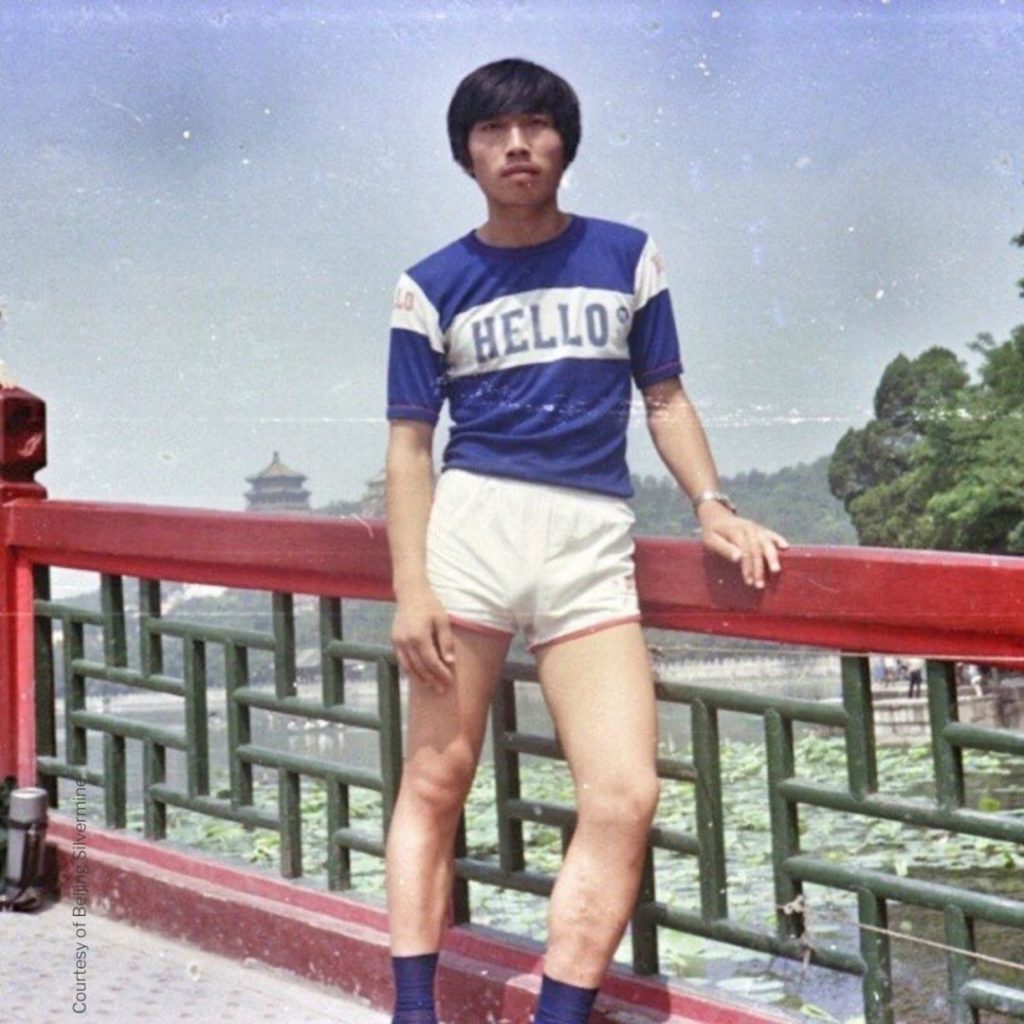CAO Dan, born in Guangdong in 1972, currently lives and works between Shanghai and Paris. A journalist specializing in arts media, curator, and documentary filmmaker, she lived in France for several years. Since 2019, she has been chair of the art department at Meta Media (formerly Modern Media) and editor-in-chief of The Art-Journal, ArtReview China, and LEAP. At the same time, she has produced and directed several documentaries and collaborated with numerous French cultural institutions as well as brand foundations in China, such as the Festival Croisements, Centre Pompidou X West Bund Museum Project in Shanghai, and the Jimei x Arles festival. In 2021, she co-curated the exhibition “KAÏ WU: Art and Design from China” in Lille and co-edited the book Do-It China 2021 with curator Hans Ulrich Obrist.
This interview is part of the interview series “Where is home?” published in the special issue “Habiter le Flux” (2024) of LEAP magazine. This new issue aims to stimulate reflection and debate on contemporary art and intercultural issues among artists, critics, and researchers from a transdisciplinary and Franco-Chinese perspective.
Interview: HE Jing

